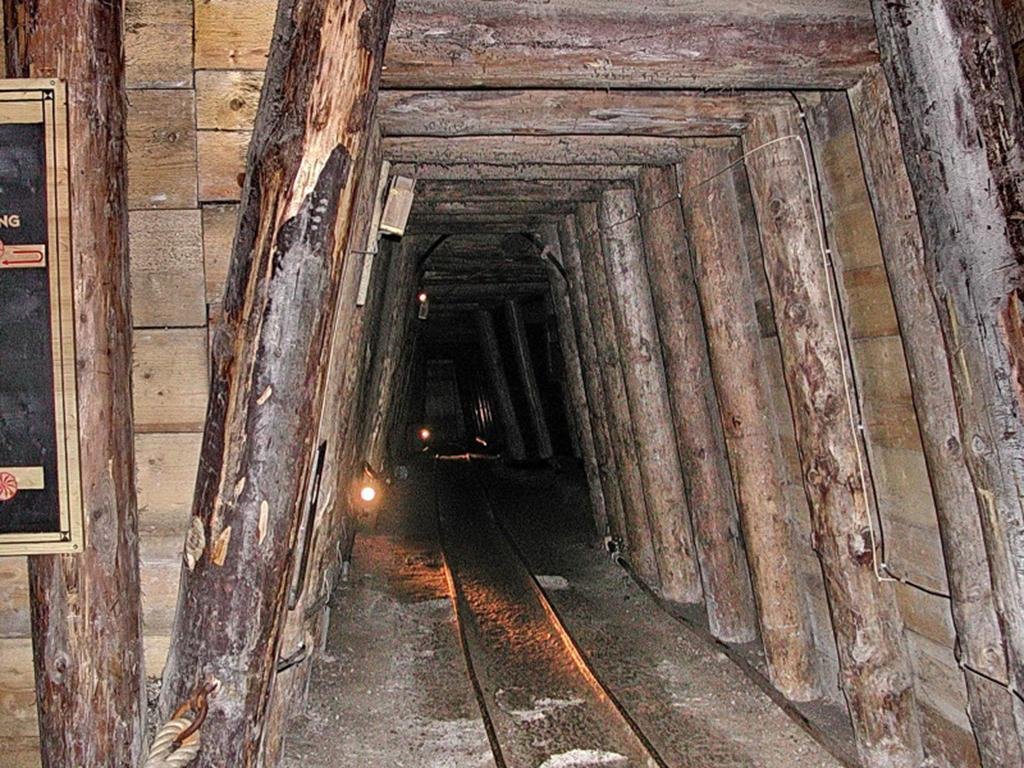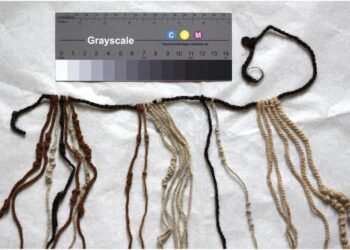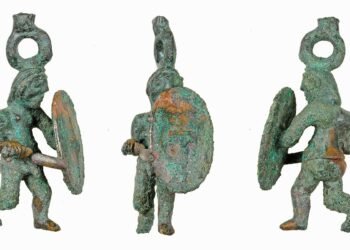In the depths of the Georgenberg Mine in Dürrnberg, Austria, archaeologists have discovered a perfectly preserved child’s leather shoe dating back over 2,000 years to the Iron Age. This remarkable find, roughly equivalent to a European size 30 or US size 12 for children today, has astounded researchers.

Since 2001, the German Mining Museum Bochum and the Leibniz Research Museum for Georesources have been conducting extensive archaeological excavations in the Dürrnberg area, near the historic town of Hallein. This region is renowned for its ancient rock salt mining, which dates back to the Iron Age. Salt mining in the area played a crucial role in preserving food, allowing for trade, and shaping the region’s history.
One of the key factors contributing to the remarkable preservation of this child’s shoe is the high salt content in the mine, which prevents the growth of bacteria and other microorganisms, effectively preserving organic materials.
“The condition of the shoe found is outstanding,” remarked Prof. Dr. Thomas Stoellner, the head of the research department at the German Mining Museum Bochum. In the context of historical preservation, such finds are exceedingly rare.

The shoe, constructed from leather and featuring remnants of lacing made from flax or linen, is believed to have been crafted around the 2nd century BC. While previous discoveries of leather shoes in the Dürrnberg mines were not uncommon, this child’s shoe is exceptional. It suggests that children were also present underground, working alongside adult miners during that era. Researchers estimate that mining crews during the Iron Age consisted of 30 to 60 workers at a time.
In proximity to the well-preserved child’s shoe, archaeologists uncovered other intriguing organic artifacts. These include a fragment of a wooden shovel with a blade-like shape and remnants of fur, along with lacing that may have belonged to a fur hood.
Dr. Stoellner emphasized the exceptional nature of this discovery, highlighting that organic materials typically decompose over time. However, artifacts like this child’s shoe, along with textile remains and even preserved excrement found in the mines, provide an invaluable and rare glimpse into the lives of Iron Age miners.
The research work on prehistoric salt production at Dürrnberg near Hallein, Austria, is part of a long-term research project. This endeavor is generously funded by Salinen Austria AG and Salinen Tourismus and conducted in cooperation with the Institute for Archaeological Sciences at Ruhr University in Bochum.























